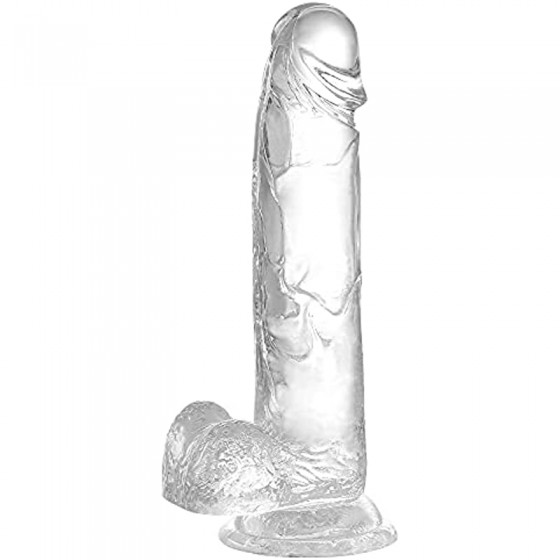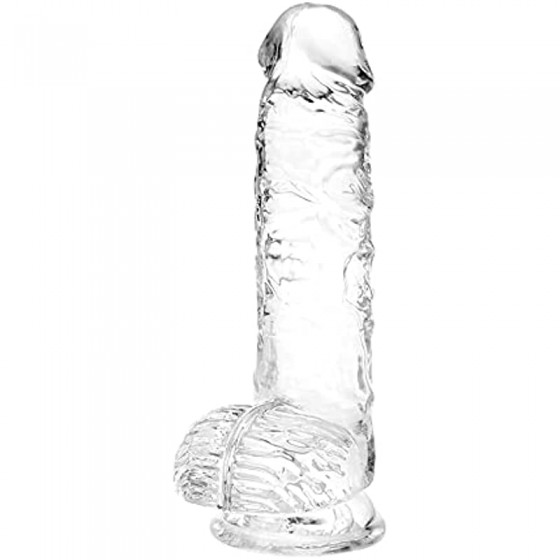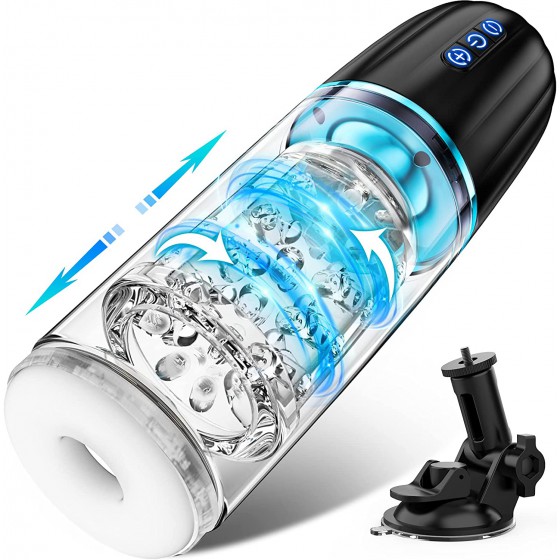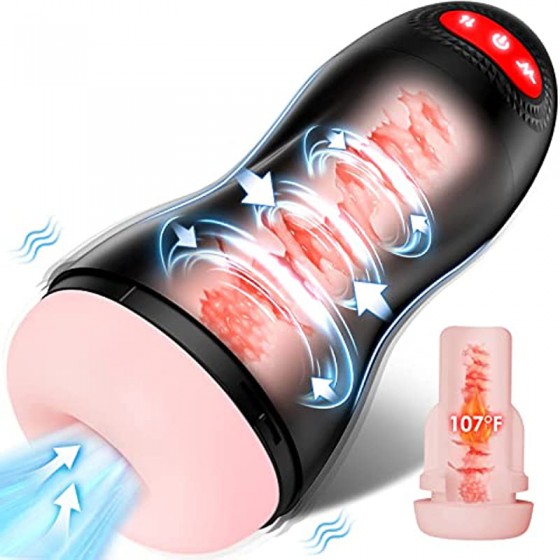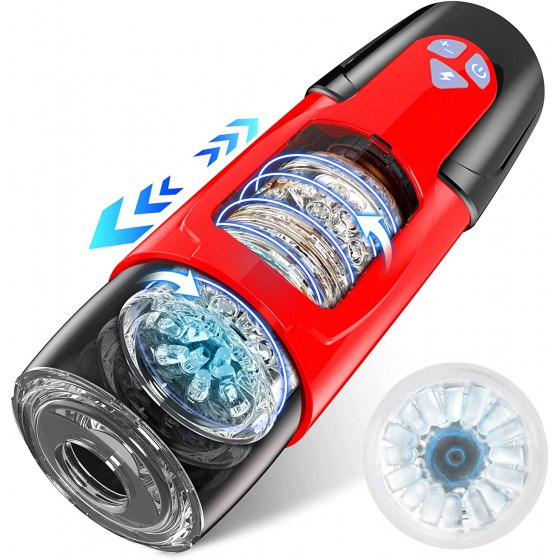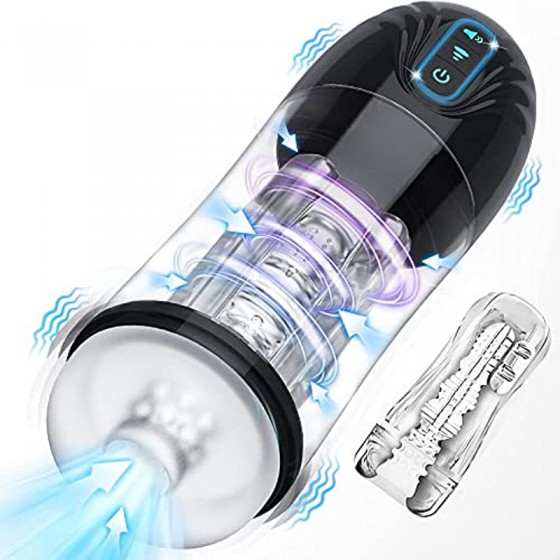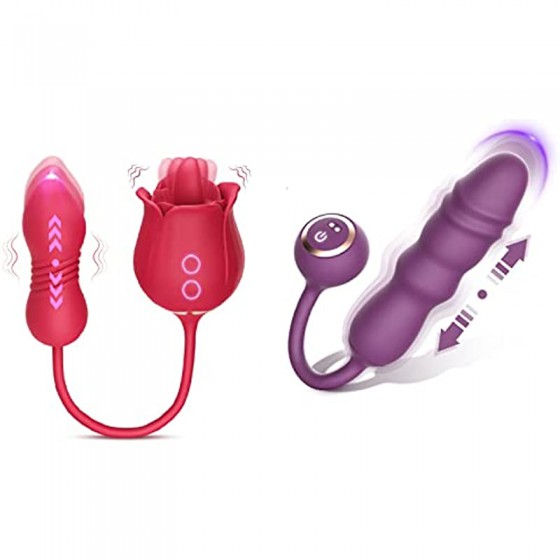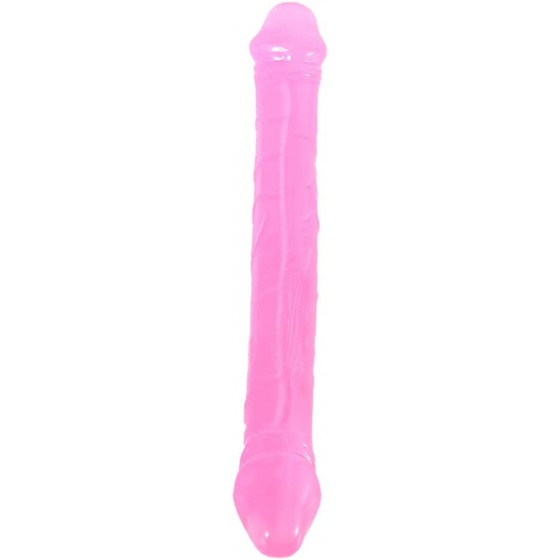Testicular pain is caused by three diseases. How to treat it?
Testicular pain is caused by inflammation, damage, tumors and other causes of the male reproductive system and its local tissues. It is one of the common symptoms in andrology clinics. So, what are the common diseases that cause testicular pain? How to treat it?
1. Testicular pain, beware of orchitis
Orchitis is a common cause of testicular pain. There are many causes of orchitis. For example, patients with mumps may be complicated by orchitis, causing testicular pain and swelling. In addition, chronic prostatitis can also cause testicular pain, which is manifested as unilateral pain, mostly dull or stretching pain, which is persistent. Microscopic examination of prostatic fluid shows a large number of white blood cells, and the patients are mostly young and middle-aged men.
Treatment methods for orchitis: The treatment principle of the disease is antibacterial and anti-inflammatory, which requires bed rest, elevating the scrotum, local hot compress, physical therapy, 1% lidocaine spermatic cord sealing injection to reduce pain, and abscess formation should be incised and drained. The evaluation of the efficacy of patients with orchitis is that they can be cured and the symptoms disappear, the white blood cells are normal, the testicles are not atrophic, there is no hydrocele, the symptoms are improved, the testicles are slightly larger, there is tenderness, the symptoms and signs are not improved, the testicles are enlarged or atrophic, Or testicular abscess and hydrocele may form.
2. Testicular pain, be alert to testicular damage
The soft tissue of the scrotum is loose and the testicles are more mobile, but the contents of the scrotum are fragile and have poor resistance to damage. Therefore, injuries to the scrotum and its contents are not uncommon clinically. It usually occurs in young and middle-aged male friends. Injuries to the testicles, tunica vaginalis, spermatic cord, and scrotal wall often occur simultaneously. The common cause of injury is mostly direct violent injury of some kind.
Treatment methods for testicular injury: Try to preserve the testicle during the treatment of testicular injury. Those with severe injury and shock should receive anti-shock treatment.
Trauma: Clean the wound, remove necrotic tissue, repair and suture, and try to preserve testicular tissue to maintain male function. Complete removal of hematoma to avoid infection caused by hematoma. When bilateral testicles are injured, testicular arteries are not damaged. Do not remove the testicles. If the testicles have been severed, orthotopic or ectopic transplantation of the testicles may be considered. If the scrotum is severely damaged, scrotoplasty may be performed to wrap the testicles.
Contusion: If there is local hematoma, apply cold compress immediately after the injury to reduce bleeding. The testicle is held up and fixed to reduce pain. If the hematoma cannot be absorbed, it should be incised and drained. If the testicle is swollen and painful, a small amount of the tunica albuginea can be cut to reduce the intratesticular pressure, but you should be alert to the occurrence of seminiferous tubule hernia.
Dislocation and torsion: The testicles should be reset and fixed as soon as possible. In addition to fixation of the testicles, the spermatic cord should also be properly fixed to avoid dislocation or torsion again. If the treatment time is delayed and the testicles are necrotic, the testicles can only be removed to avoid infection in the scrotum.
3. Testicular pain and alert to testicular torsion
The testicles are located in the scrotum, one on each side. Normal testicles are connected to the scrotum through a small ligament at the root. Testicular torsion occurs when the connection becomes loose. Once torsion occurs, normal blood flow supply will be affected.
Treatment of testicular torsion: If testicular torsion occurs, the best treatment is surgery. Surgical methods include surgical reduction and manual reduction.
Surgical reduction
After the diagnosis of testicular torsion is made, time should be sought for immediate surgical reduction, and the operation should be completed within 6 hours of the onset of symptoms. After the torsion of the testicle is reset, normal blood supply is observed, and then the testicle, spermatic cord, and the inner sheath of the scrotum are fixed with interrupted sutures to avoid postoperative recurrence. If it is found during the operation that the testicular blood circulation is extremely poor and cannot be restored after reset, the testicle should be removed.
Manual reset
Generally, it can be tried at the beginning of the disease. Analgesics and antispasmodics should be given first, and after half an hour, the transverse and elevated testicles can be reset with gentle techniques. After the reduction is successful, use the "D"-shaped belt to hold up the scrotum to allow the affected testicle to fully rest. However, manual reduction cannot prevent recurrence.
Ice can be applied after the operation to reduce pain and edema. At the same time, a "T" belt should be used to support and fix the scrotum for a week to allow normal functions to gradually recover.






